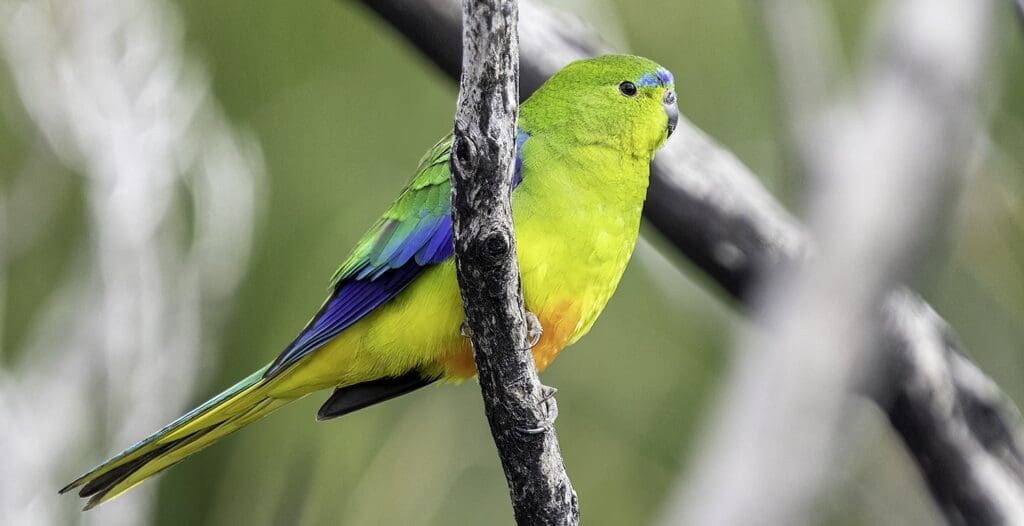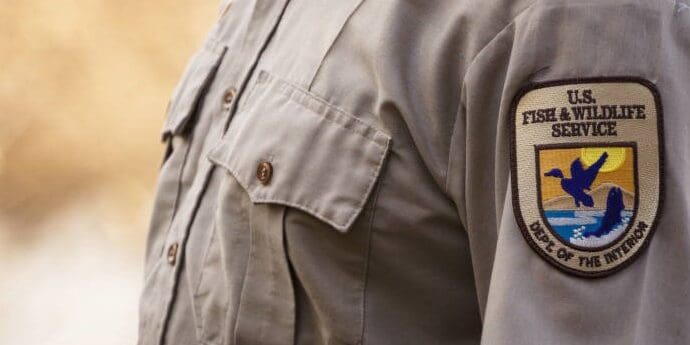The Evidence Toolkit: supporting evidence-based decision making in conservation
This blog post was written by Dr Rebecca Smith, Conservation Evidence Manager and Dr William Morgan, Research Associate in the Conservation Science Group, Department of Zoology, University of Cambridge. Rebecca and William are authors of a new paper outlining The Evidence Toolkit, co-developed by Conservation Evidence over the past two decades.


Background
Conservation can work, but only when the actions taken are effective. Improving the effectiveness of conservation practice requires better use of evidence [1,2]; from management of local nature reserves and biodiversity in gardens/urban areas, to national policies and international agreements.
The Conservation Evidence Programme arose from concerns of practitioners, policymakers, and funders that conservation is less effective than it could be, doesn’t learn from its mistakes, and doesn’t attract sufficient funding to deliver change on the scale required [3]. The goal is to improve conservation practice by breaking down the barriers to evidence use for the benefit of both nature and society.
The Conservation Evidence Programme
It all started at a workshop. Organised in 2004 by the Conservation Evidence group (researchers at the University of Cambridge), and attended by the RSPB, Butterfly Conservation, NatureScot, and The National Trust, the idea for a global database of conservation evidence was conceived. Since then we have worked alongside over 1,100 practitioners, policymakers, funders and other academics from across the world to identify ways of improving access to and use of the evidence needed for effective conservation. The result is the ‘Evidence Toolkit’: a set of principles, tools and resources – co-designed with those that need them – for embedding evidence in conservation decision making. By supporting conservation decision makers we can improve conservation practice, and improve the outcomes for people and nature.


The Evidence Toolkit
The Toolkit is based around five key strategies:
- Make synthesised assessments of effectiveness of conservation actions accessible
- Encourage further & improved testing of actions
- Strengthen societal expectations of evidence use
- Facilitate use of evidence in decision making
- Build capacity for evidence use and generation
Strategy 1 is where things started, and is based on the principle that evidence should be freely available for all who need it. The programme’s flagship tool is the Conservation Evidence database, which includes summarised evidence for over 3,600 conservation actions, and is free to access on our website. As well as providing expert assessments for the effectiveness of actions (published in the database and in What Works in Conservation), we have also developed tools and principles for reporting the costs of actions.


Strategy 2 focuses on improving the evidence base by testing more actions and encouraging sharing of findings. It includes guidance for how to embed tests into conservation practice and to identify testable actions, a free, open access journal for publishing results (the Conservation Evidence Journal), and more specific tools like an app for tracking the progress of mangrove restoration projects. In addition to these practical tools, funders and practitioners have made commitments to support and carry out tests of actions, and a range of organisations (‘Evidence Champions’) made commitments to routine evidence use and generation.
Strategy 3 recognises that without wider demands and expectations of change, evidence use will not become the norm. In light of this, key funders and journals are now demanding evidence use, a range of conservation NGOs have linked their databases with the Conservation Evidence database, and we have published a practical guide to evidence and decision making to help facilitate the change that is needed.


Strategies 4 and 5 focus on ensuring evidence is easy to use and that training is available to develop the skills needed to use evidence in decision making. They include a framework for developing a strategy for evidence use and tools to help assess and incorporate evidence into decisions (e.g. “Evidence 2 Decision tool”, multi-criteria analysis, bespoke evidence synthesis). We’ve also developed principles for producing evidence-based guidance and biodiversity business plans and training materials on using evidence.
Summary
By bringing together the wider conservation community, the Conservation Evidence Programme has co-designed a Toolkit to closely meet the needs of stakeholders and gained commitments to use them, thereby helping to overcome barriers to evidence use and facilitating a much needed change in conservation practice. But there is still more work to do: we encourage you to explore and use our Toolkit to increase the use of evidence in, and effectiveness of, conservation.
For further details see Smith et al. (2023) and its Supporting Information for the full Evidence Toolkit including citations and URLs.
References
[1] Legge S. (2015) A plea for inserting evidence-based management into conservation practice. Animal Conservation, 18, 113–116. https://doi.org/10.1111/acv.12195
[2] Sutherland W.J. (ed.) (2022) Transforming Conservation: A Practical Guide to Evidence and Decision Making. Open Book Publishers, Cambridge, UK. https://doi.org/10.11647/OBP.0321
[3] Sutherland W.J., Pullin A.S., Dolman P.M. & Knight T.M. (2004) The need for evidence-based conservation. Trends in Ecology and Evolution, 19, 305–308. https://doi.org/10.1016/j.tree.2004.03.018



